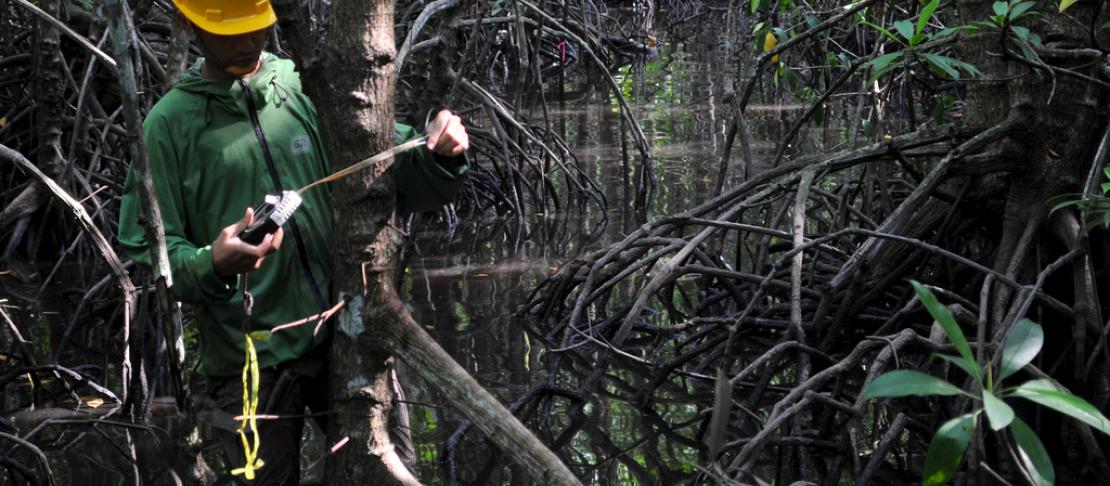Contributions to the wetlands supplement of the IPCC Guidelines for National Greenhouse Gas Inventories

Summary
The research was implemented in collaboration with the Center for International Forestry Research (CIFOR).
The 2006 Intergovernmental Panel on Climate Change (IPCC) Guidelines for National Greenhouse Gas Inventories provide countries with methodologies for estimating national inventories of emissions by sources and sinks. However, until recently, there was a lack of sufficient data concerning the carbon stocks of wetlands and peatlands. These valuable forest ecosystems are rich in carbon, meaning that improper management practices can be extremely costly in terms of greenhouse gas emissions. If these ecosystems are absent from estimations, it can be difficult for policymakers to holistically assess and plan their greenhouse gas inventories and mitigation strategies.
To remedy this gap in the Guidelines, the IPCC initiated a Wetlands Supplement as more data became readily available. National governments appointed experts to draft the Wetlands Supplement, including two CIFOR scientists among the 18 coordinating lead authors. In addition, five of the seven chapters of the Wetlands Supplement cite research from CIFOR scientists and associates. Contributions include five years of measurements in high emission wetlands in Indonesia, and the creation of a pan-tropical data set based on carbon stock assessments in mangroves across Asia, Latin America and Africa.
In October 2013, the IPCC presented the Wetlands Supplement, providing a new and comprehensive set of emission factors for tropical land uses in both peatlands and mangroves, as well as estimations for emissions from fires. These new Guidelines draw attention to these high carbon ecosystems, allowing policymakers to act on the agricultural emissions in wetlands.
Key facts
- Tropical wetlands provide a diverse array of ecosystem services and are carbon rich. Extensive deforestation of these ecosystems has significant impacts both locally and globally.
- The IPCC Wetlands Supplement provides countries guidance on emissions from wetlands.
- CIFOR scientists were among the coordinating lead authors, and CIFOR research is cited in five of the seven Wetlands Supplement chapters.
Lessons: key elements of success
- The IPCC’s adoption of the Wetlands Supplement methodology indicates that member countries have unanimously accepted it.
- The robust scientific data and measurements underlying the Guidelines give policymakers a basis for better decision-making involving greenhouse gas mitigation in wetlands.
Further reading
- 2013 Wetlands Supplement
- CIFOR Contribution to the IPCC Wetlands Supplement
- The IPCC Wetlands Supplement: What it is and what it means
Related research outputs
- Murdiyarso D, Donato D, Kauffman JB, Kumianto S, Stidham M, Kanninen M. 2010. Carbon storage in mangrove and peatland ecosystems: a preliminary account from plots in Indonesia. CIFOR Working Paper 48. Bogor, Indonesia: CIFOR.
- Kauffman JB, Donato D. 2012. Protocols for the measurement, monitoring and reporting of structure, biomass and carbon stocks in mangrove forests. CIFOR Working Paper 86. Bogor, Indonesia: CIFOR.


